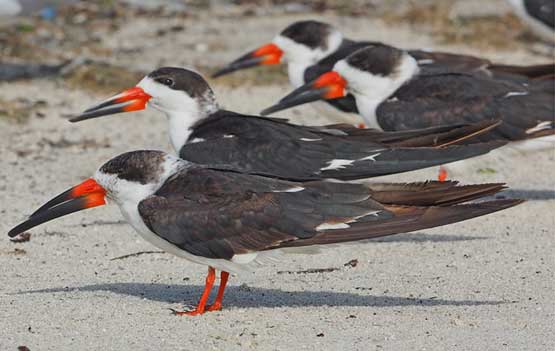Maryland is often referred to as "America in miniature” and its location contains a diverse landscape, including a wide range of natural communities, physiographic provinces and natural features. From the barrier islands, cypress swamps and Delmarva bays of the Eastern Shore to the mountain boreal bogs, caves, and hemlock woods of the Appalachian Plateau, our state encompasses a tremendous diversity of habitats that support an impressive variety of species.
Since 1979, the Maryland Natural Heritage Program (MD NHP) has been the lead state agency responsible for protecting and managing nongame, rare, threatened, and endangered species and their habitats in Maryland. The main duties of Maryland Natural Heritage Program biologists are to:
- Perform field surveys and scientific research
- Maintain data needed to conserve species and habitats
- Provide technical guidance on rare species conservation
- Restore ecosystems
Currently, the Maryland Natural Heritage Program tracks over 1,250 rare, threatened, and endangered species of plants and animals, as well as variety of natural communities. Our biologists work to guide conservation and management of these species and communities on regional, state, and national scales. By focusing energies on those plants, animals, and habitats which are most in danger of disappearing, the Program helps to ensure that these essential elements of Maryland's diverse biological heritage do not vanish from our landscape.
 Black Skimmers by Judy Gallagher CC by 2.0
Black Skimmers by Judy Gallagher CC by 2.0
Want to help?
Consider volunteering, reporting locations of rare species, and/or supporting the Chesapeake Bay and Endangered Species Fund.
Maryland Natural Areas
The Maryland Natural Areas initiative seeks to identify the best remaining natural areas found within our state.
These Natural Areas are truly special places in Maryland. Voluntary recognition as a Natural Area carries a commitment to sustainable management of a given area to conserve the natural features that the area was established to recognize and protect. In most cases, current management practices have maintained the exceptional natural features that distinguish these sites.